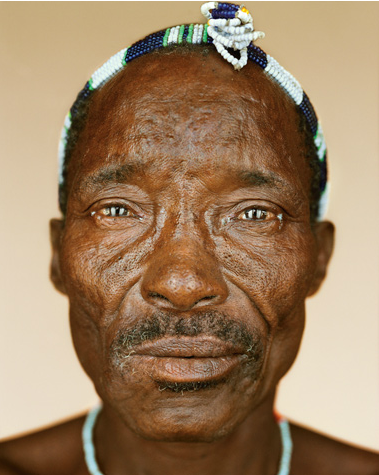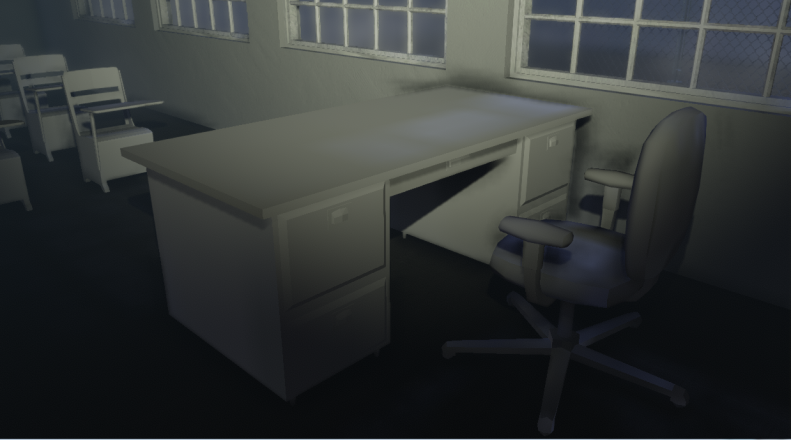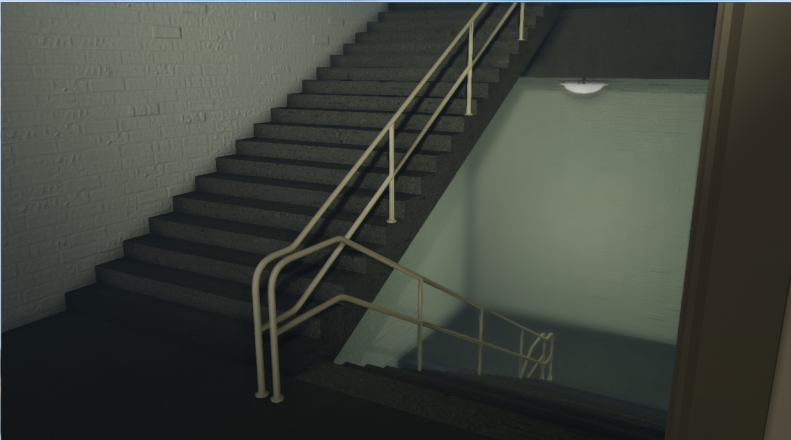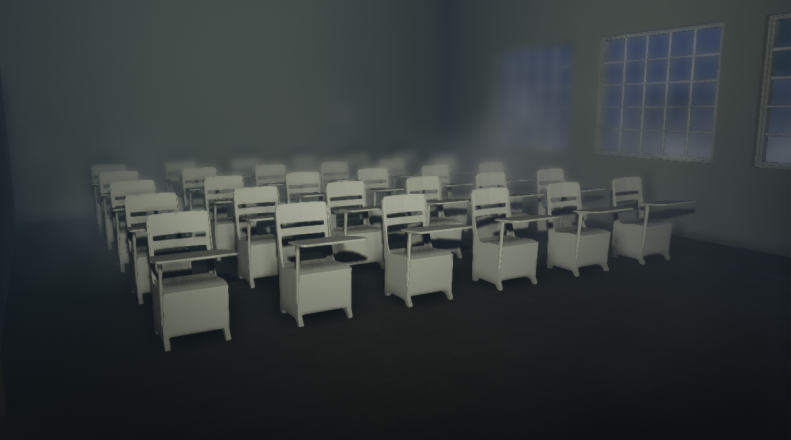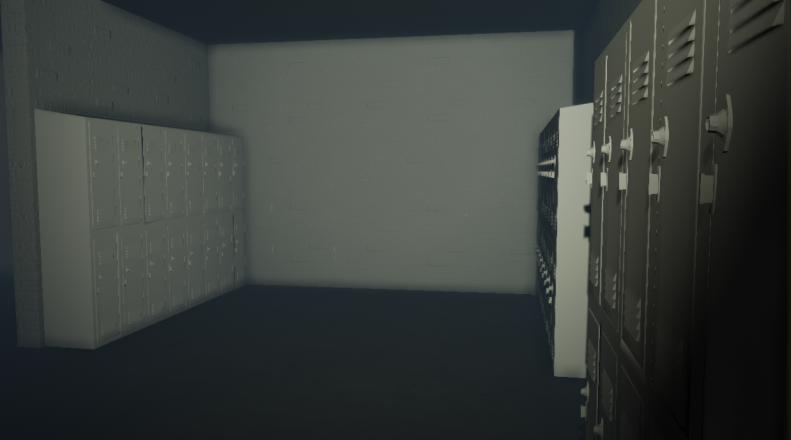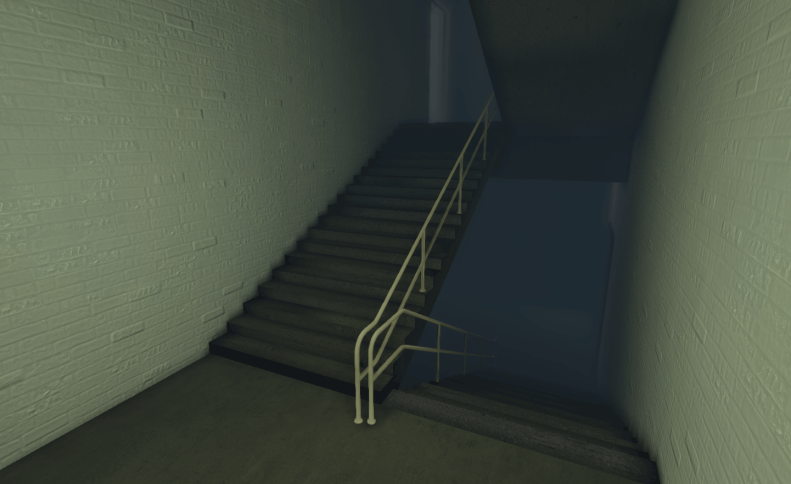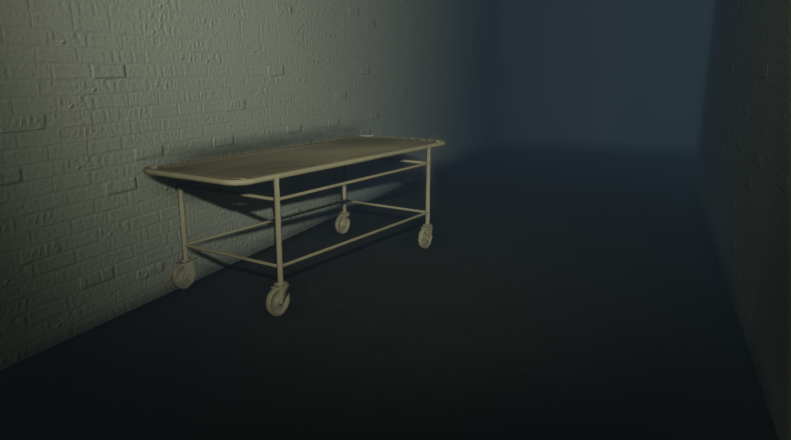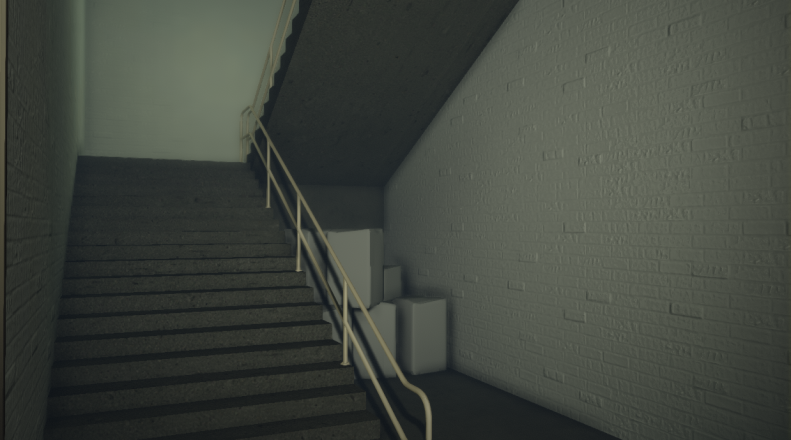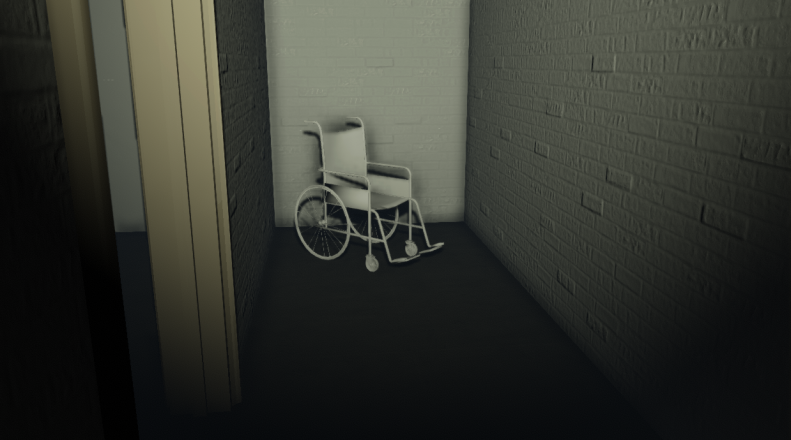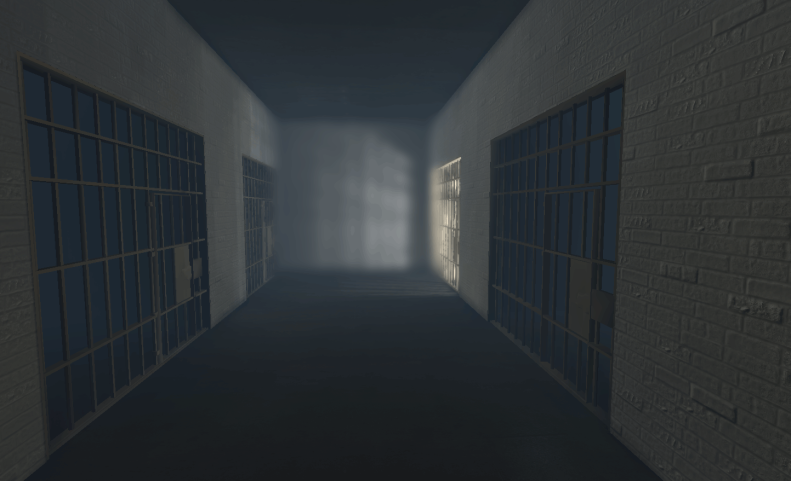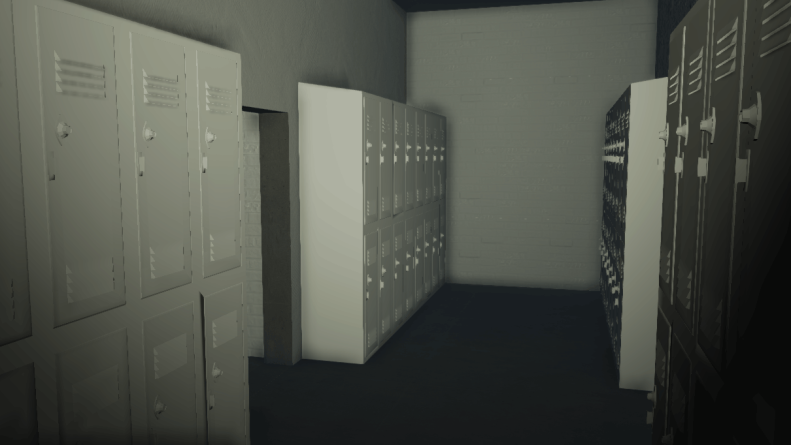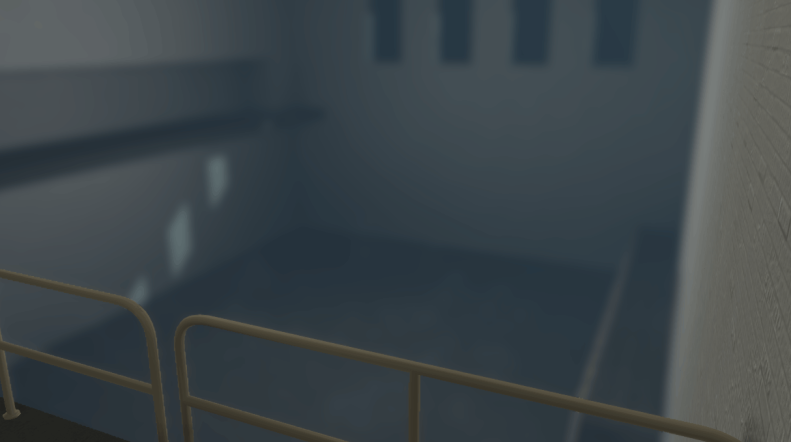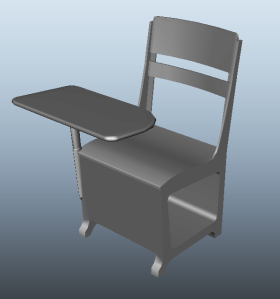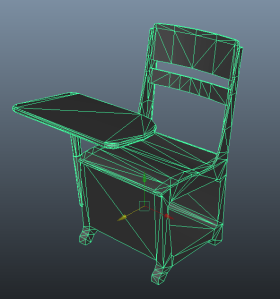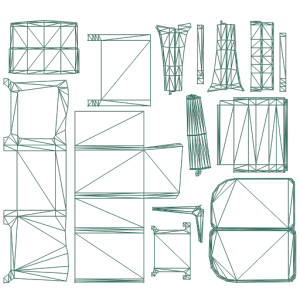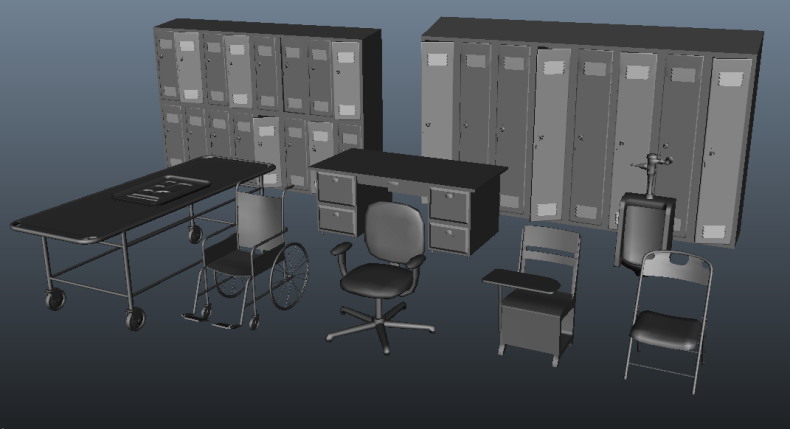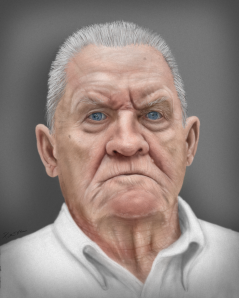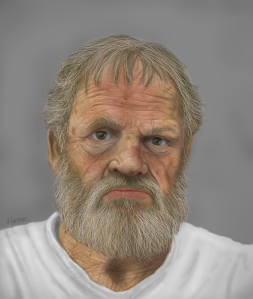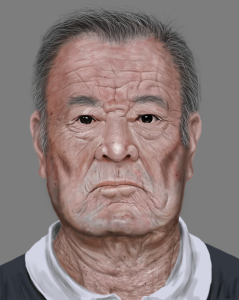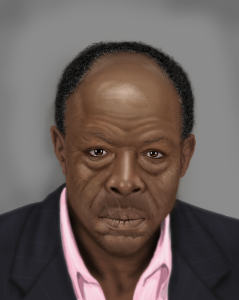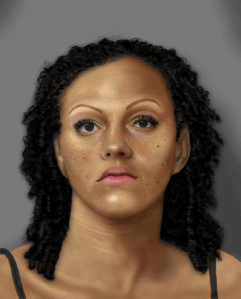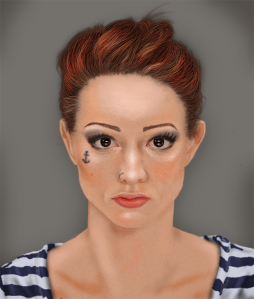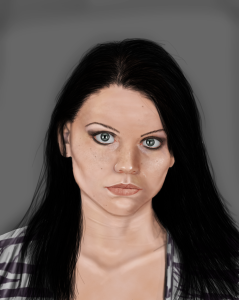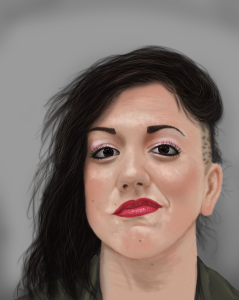Today I am posting my oral presentation that I did as part of my master’s studies. I have been so overwhelmed as of late, that I have been negligent in my studies.
Contentious Spaces
Video games have been infused into popular culture since the 1980’s and during that time they have been many things to many people, however until more recently games weren’t displayed in an art context. To be clear, this isn’t about the fidelity of the image, but rather than spaces that are devoid of the “real” and therefore an uneasy and contentious space.
In order to put context to the remainder of the presentation, it is important to define the hyper-real and how this definition has influenced my practice. When Baudrillard states that the generation by models of a real without origin or reality, he is suggesting that there cannot be a real, as everything is mediated through a personal lens. This lens creates a false copy, which becomes in new real. Utilising this concept, my practice creates another false copy, in which the viewer may engage, utilising their own lens.
![Norman, P. 1983 The Forbidden Forest [computer game] Cosmii corporation](https://portermfa.files.wordpress.com/2013/10/ff.png?w=791)
Norman, P. 1983 The Forbidden Forest [computer game] Cosmii corporation
In brief, games have simplified stories and mechanics that allow the user to escape reality and live out fantasies. This fantasy, typically over the last thirty years, was of a very low resolution that allowed the player to utilise their imagination to fill in the gaps of that proposed reality. Over the 20 minutes I will discuss hyper-reality, the unease, and how games or more precisely, how game technology has moved from play to art. The early adopters of this technology have become conversant in the language of games and game interaction.
In my research my main focus has been the hyper-real and the unease. Utilising the works of theorists and critics such as Jean Baudrillard, Jacques Lacan, Marshall McLuhan, and most recently Benjamin Woolley, I hope to examine the hyper-real, the unease, and how new media, or digital media accentuates those concepts. During this discourse, I will weave key points gleaned from authors and artists with related works gathered through the research process. It is my hope that these key topics will instruct how digital media is currently viewed and how the a new critique process is instrumental in creating dialogues with this emerging paradigm.
![Porter, M. 2013, Still from Remembrance [digital media] Artists’ collection.](https://portermfa.files.wordpress.com/2013/04/the_showers.png?w=791&h=440)
Porter, M. 2013, Still from Remembrance [digital media] Artists’ collection.
Game development for the most part is an exercise in being all things to all people. Through design sessions, teams will come together and discuss what would make a game “cool”, in many respects this is just an examination of zeitgeist. Rather than being a product of that age, games become a parody of the times. This shift into parody is not a conscience one, but rather through a scale of economy that is needed in regard to time, attention, and computing power. Games must negate subtlety to ensure that the player has something to do straight away, focused engagement. This economy leads to the use of stereotypes and clichéd stories that are easy to follow.
This need for ‘shorthand’ is helpful to progress through story into the meat of the game, the play. The designers become broad, rather than deep researchers and their research is influenced day to day through a variety of mediums. There is a shift, however, that is part of a natural progression to include more emotional experiences for the player. The balance lies in the delivery of both action and emotion. Too much action and the player will not buy into the emotional element, and too much emotion will bore the player. These emotive games have been critically acclaimed for their realism and story, and still games do not quite have the same emotional impact that more traditional mediums can deliver.
Games have a distinct advantage, but also a disadvantage to film or other forms of artistic expression. The advantages are that games are interactive and therefore performative or participatory in nature. This ensures that the player or viewer is fully invested in the act, even if it is for a short period of time, or dismiss it outright as “too hard” to understand. It becomes a binary function of investment or rejection. Once the viewer is invested there is another advantage. Games can be played in a variety of ways, so the outcome is different each time the player engages with the artefact. In an artistic sense, the viewer has direct agency over what they are viewing and how they are viewing it.
![Multiple Authors, 2004 Half Life 2 [computer game] Valve Corporation](https://portermfa.files.wordpress.com/2013/10/hl2.png?w=791)
Multiple Authors, 2004 Half Life 2 [computer game] Valve Corporation
The problem however lies in the interaction. Viewers see the avatars in games or game space as nothing more than a conduit for their fantasies, rather than a performer within a proposed reality. This conduit lacks nuance, subtlety, and does not create empathy within the person playing the game. Many times, in games at least, the most powerful avatars in the game world are the ones you never see. Their absence is there for the viewers to embody, which speaks volumes about the power of fantasy. These heroes or avatars become hyper-real, they embody a concept of self. In a society that now has a true understanding of the global, the individual becomes lost. Within the context of games, the other becomes the self. In the case of Gordon Freeman, basically a disembodied gun as seen in the image, resides in a game called Half Life 2. Gordon never speaks or is never seen on-screen, yet was voted the most realistic video game character of all time.
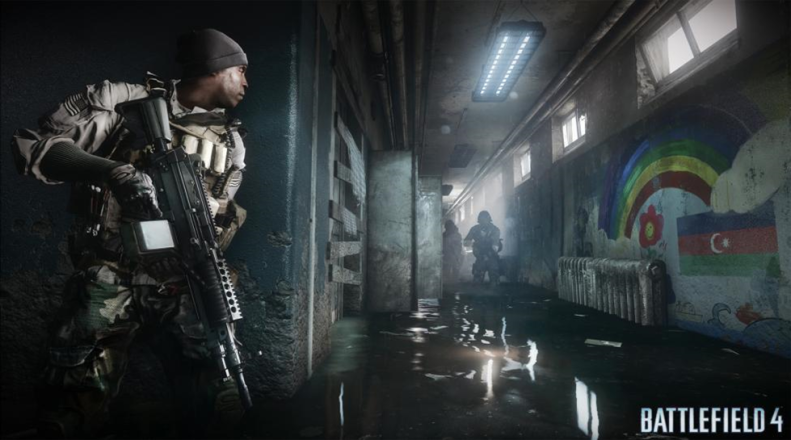
Multiple Authors, 2013 Battlefield 4, EA DICE
Game developers are usually immersed in popular culture and use this knowledge to bend the larger social construct into a superficial narrative within which a game can be played. The most pervasive, and financially rewarding games are militaristic and can be seen as a commentary of our times, but this commentary isn’t a conscience effort to point a finger at war, but rather creating a fantasy that resides within the reality. Subsequently, reality is then examined through the lens of games, this quote, from Sue Masterman, who is commenting on the Iraqi war, fought in 1991, states the following: “This is the war – brought live straight into your living room. The biggest computer game of all time fought out right under your nose”(Woolley, 1994) Her comment typifies the unreal, or hyper-real state of the world. Baudrillard, in his book The Gulf War Did Not Take Place, states that, “Against this obsession with the real we have created a gigantic apparatus of simulation which allows us to pass to the act “in vitro”. We prefer the exile of the virtual, of which television is the universal mirror, to the catastrophe of the real.” (Baudrillard, 1995)
![Kojima, H. 2013 Metal Gear Solid's Quite, [computer game] Konami Corp.](https://portermfa.files.wordpress.com/2013/11/sniper.png?w=791)
- Kojima, H. 2013 Metal Gear Solid’s Quite, [computer game] Konami Corp.
Typically there are no efforts to bring about a change or to demonstrate against social, economic, racial or gender inequity within the context of games, and in many respects games subvert the movement to remove these inequities. The older generation that grew up with poor quality games can see them for the escapism that they are meant to be, however as the newer generations grow up playing ultra-realistic games that glorify war, guns, objectification of women, and other socially unacceptable behaviours, hyper-realism becomes the new real and children have less understanding reality.
![Koons, J. 1994 Baloon Dog [high chromium stainless steel with transparent colour coating] the collection of Steven A. Cohen, Eli Broad](https://portermfa.files.wordpress.com/2013/10/koons.png?w=791)
Koons, J. 1994 Baloon Dog [high chromium stainless steel with transparent colour coating] the collection of Steven A. Cohen, Eli Broad
Artists of the contemporary, have utilised artwork as a means of communication of values or ideals, even if those ideals are not socially acceptable. In the case of Jeff Koons, who is derided by some for cynical self merchandising or the Chapman brothers, who poke at the self importance of fine art aficionados, their mode of communication is accepted as art because the technology utilised for this communication is understood. Traditional mediums are effective modes of delivering this information, but there is a real concern about, and a need for providing artistic expression and communication in a medium that is part of the digital natives vocabulary.
Thus far, the voices that utilise games to express their ideas have come under criticism about the validity of the medium. There have been many criticisms of games as art, from a variety of people in the art world but also the game development communities, and they state that video games cannot be art. Most famously Roger Ebert stated that video games can never be art and went on to state the following:
I remain convinced that in principle, video games cannot be art. Perhaps it is foolish of me to say “never,” because never, as Rick Wakeman informs us, is a long, long time. Let me just say that no video gamer now living will survive long enough to experience the medium as an art form. (Ebert, 2010)
![Viola, B. 2007 Night Journey [digital media, video] USC Interactive Media Division](https://portermfa.files.wordpress.com/2013/10/viola3.png?w=791)
Viola, B. 2007 Night Journey [digital media, video] USC Interactive Media Division
Bill Viola’s, Night Journey (Viola,2010) is an experimental film utilising game development practices. This surreal piece puts the viewer in control of an invisible avatar in a black and white environment. Rather than struggle with interaction, Viola instructs the user through a non-diegetic representation of the control apparatus. As the player moves through the environment, there are opportunities to reflect and explore, but no agenda to direct the movement. This removal of purpose, other than exploration is outside of the typical constraints in which games operate. People who play games seek purpose, or to feel in power of their experience, and without that purpose would quickly lose interest. Game players may not be engaged in the exploration and therefore miss the point entirely or become dismissive. The research facility that collaborated with Bill Viola stated the following: “The interactive design attempts to evoke in the player’s mind a sense of the archetypal journey of enlightenment through the “mechanics” of the game experience – i.e. the choices and actions of the player during the game.”(“Night Journey Statement”, 2013)
As stated previously marginalisation comes from both the art and game community. Arguably, if there is a debate if something is art or not, it becomes art. In the case of Marcel Duchamp’s Fountain (Duchamp, 1917) his intention was not to create a significant moment in art history, but rather to play a practical joke on a democratic open exhibition. It wasn’t until the work was rejected and then thrown away that the work became significant. This marginalisation of the artist became a transformative decision that still resonates today. The marginalisation of games as art may justified, in that the purpose of most games is not to be disruptive as that “Bedfordshire” urinal was, but rather to be accepted by the largest group of people possible to maximise sales.
However, since the debate is still raging, games have by proxy become art. As the games industry matures, so too does the tools and techniques that can be utilised to express complex ideas, and through the democratisation and ubiquity of free tools to utilise, more artists will have the ability to speak to the digital native. The engines listed are the defacto standard for creating high quality games, however there are thousands of engines that are freely accessible and allow for modding or remodelling of game play in a game. The real challenge is not in the making, but in the interaction.
Utilising this technology, artists are able to create immersive worlds that allow the participant to inhabit a space of the artists construction. This collaboration of artist and participant is made possible through the tools that are typically reserved for a much more complex process, but much less complex goal. In effect, game engines become the “readymade” of the contemporary, and practitioners, such as Bruno Martelli and Ruth Gibson of igloo have utilised these technologies to create stunning works of art.
In particular Swan Quake, Vermillion Lake, and most recently In Search of Abandoned the artists utilise typical game development paradigms to establish unique works within the framework of fine art. These artefacts allow the viewer to investigate the constructed environments in a variety of ways and through various control mechanisms. In some instances the haptics or control through touch of the work mimic real life engagement.
![Gibson, R. & Martelli, B. 2011 Vermillion Lake [Mixed Media] Djanogly Gallery, UK](https://portermfa.files.wordpress.com/2013/10/v_lake2.png?w=791&h=521)
Gibson, R. & Martelli, B. 2011 Vermillion Lake [Mixed Media] Djanogly Gallery, UK
In Vermillion Lake, the viewer is placed in a row boat and moves through the space by using the oars, which have hydraulics and potentiometers to make the rowing feel realistic in terms of tension and screen dynamics. This interaction becomes hyper-real, as the physical world has direct correlation with the actions on screen. This interaction is a well known paradigm for many, so the participant is no longer aware of the false copy and is allowed access into the concept.
![Gibson, R. & Martelli, B. 2011 Vermillion Lake [Mixed Media] Djanogly Gallery, UK](https://portermfa.files.wordpress.com/2013/11/vl_house.png?w=791&h=453)
Gibson, R. & Martelli, B. 2011 Vermillion Lake [Mixed Media] Djanogly Gallery, UK
The uneasiness of these works lie in the virtualised spaces and how seemingly impossible realities are made real. In the case of Vermillion Lake, the screen and row boat are not the only part of the installation. The artists utilised a 3D model and printed out full scale panels and constructed a house to represent a physical space. The participant must enter into this building in order to engage with the virtualised space. The interesting part is that the viewer can then find this house beside the lake within this virtual construct. There is a moment of introspection that takes place when the participant sees a location within the virtual space that they are physically in at the time of interaction.
To utilise a recent movie concept to label confusion, a moment of “inception” takes place. This uncanny moment creates a sense of unease because our daily lives are becoming more virtualised than real. This construct points out that we are no longer in the real, however since the participant is no longer making a conscience effort to interact with the art, they are free to become a part of that art.
![Porter, M. 2013, Still from Untitled [digital media, variable size] Artists’ collection.](https://portermfa.files.wordpress.com/2013/10/garage_a.png?w=791&h=444)
Porter, M. 2013, Still from Untitled [digital media, variable size] Artists’ collection.
In my previous work, Untitled (Porter 2013) I utilised a free game engine called UDK or Unreal Development Kit which was also used in Swan Quake and Vermillion Lake. This program or others like it are used to create commercial games. I used this software, but removed elements of game play and had the viewer control an invisible avatar through a space that was an amalgamation of gallery and institutional spaces.
![Porter, M. 2013, Still from Untitled [digital media, variable size] Artists’ collection.](https://portermfa.files.wordpress.com/2013/04/top_of_stairs.png?w=791&h=440)
Porter, M. 2013, Still from Untitled [digital media, variable size] Artists’ collection.
The work was meant to be a critique on my personal experiences navigating through the master’s programme and feeling lost in that process. One of the strategies of this work was to have the user engage with the work utilising a game controller. Using a common tool of engagement for players meant that many people who are unfamiliar with that paradigm became uncomfortable in their inability to move through the space effectively. The change in the paradigm from goal driven game-play to an exploration of unfamiliar spaces was meant to provide unease for a game player.
![Porter, M. 2013, Still from Rememberance [digital media, variable size] Artists’ collection.](https://portermfa.files.wordpress.com/2013/04/hall_3.png?w=791&h=445)
Porter, M. 2013, Still from Remembrance [digital media, variable size] Artists’ collection.
As my work progressed, I moved into the idea around institutional spaces and how spaces were representative of power, but also of a larger than human scale. Places of learning, or detention are built to allow the passage of a multitude of people. In doing so the human is diminished in the environment and loses their importance or becomes a number. While the focus of the work was not ultimately where I wanted to head, it did lead me to a realisation that the true unease that I wanted to critique was the loss of self in the sea of other. Jacques Lacan speaks of the concept of the mirror stage. This stage of development marks a turning point in the development of human children, however at a point in the development of adults, the loss of identity or the comparative self may create anxiety and unease.
![Porter, M. 2013, Still from Untitled [digital media, variable size] Artists’ collection.](https://portermfa.files.wordpress.com/2013/11/hallway_cry.png?w=791&h=397)
Porter, M. 2013, Still from Untitled [digital media, variable size] Artists’ collection.
In July, my works were more professional in terms of game context. Utilising the CryEngine 3, I had a bit more technical freedom in terms of lighting and scripting. At this point I was made aware the stark contrast between academic and game lenses. In my eyes, I made more objects, with a more concrete foundation of place, or places. There was a ramping up in sophistication of interaction with the environment and fidelity of the work. This created a more cohesive sense of institution, but confusion if it were meant to be an amalgamation of places or a single purpose place.
![Porter, M. 2013, Still from Untitled [digital media, variable size] Artists’ collection](https://portermfa.files.wordpress.com/2013/11/library.png?w=791&h=397)
Porter, M. 2013, Still from Untitled [digital media, variable size] Artists’ collection
More unsettling was the revelation that what I perceived as subtlety was read as parody. It was clear at that time that I would need to think more about not only what I was saying, but how I was saying it. The use of the controller became a stumbling block , which was one of my fears early on.
My focus shifted once again to that feeling of being outside the process looking in. This is a fairly typical viewpoint for gamers of my generation, but this paradigm is shifting. Gamers are becoming the norm, however I began to see how our interconnectedness has made us observers of our own lives. We have become our own avatars and our day to day activities become dictated by digital screen. We tweet our locations, our status updates speak of us in third person, our families are talked to, and looked at through the mediation of the digital, camera, webcam, cell phone, and then digital delivery through a social media site. We are living in an uneasy and uncanny hyper-reality.
As the numbers of people who are familiar with game control paradigms increase, so too will acceptance of games as art. Games are in their infancy and are still going through growing pains. Each technology that affords the artist a means through which to express themselves must go through the process of maturity in order to become commonplace enough to allow ease of communication. Speech, writing, painting, sculpture, photography and film were all technological advancements in expression.
Each new technology brings unease in what will become of the familiar. Oral traditions have been lost to the written word, a picture speaks a thousand words, photography brings about the death of painting, each one of these were fears of the new technology displacing the old.
As I move forward with my practice, the control mechanism for the interaction of my art will become the focus of the art. Either the ubiquity of the devise will negate its effect, or the mode of interaction will need to become transparent. In the case of an automobile, the paradigm in which this technology is interacted with is secondary to the function. The physical act of interaction is no longer thought about, but rather the experience of driving is focused on and the user of that technology is immersed in the reality of driving. User interface technology is advancing the game space and a large amount of the development of usability and interaction is being focused on. Removal of barriers allows for greater immersion and suspension of disbelief, but also a larger marketplace in which to sell games.
There are user interface tools out there, but they are cost prohibitive, or still in development. These tools are meant to reduce the barriers of interaction by introducing natural motions such as head movement, running on a treadmill, or walking through a physical space. As Marshall McLuhan states, “The medium is the message” (McLuhan, 1964). Without consideration of how the viewer will engage in a meaningful way, the message will be lost. These extensions of ourselves initially cause conflict, but as our familiarity with the medium grows, the messages become clearer.
As I progress I hope to resolve some of the issues around interaction and dialogue between man and machine, in order to allow the art speak for itself.
Bibliography
Night Journey Statement. (2013). Retrieved September 20, 2013, from http://www.thenightjourney.com/statement.htm
Baudrillard, J. (1994). Simulacra & Simulation. The Precession of Simulacra, University of Michigan Press. p. 1.
Baudrillard, J. (1995). The Iraq War did not take place, Indiana University Press. p. 28.
McLuhan, M. (1964). Understanding Media: The Extensions of Man. Routledge and Kegan Paul. p.7
Woolley, B. (1994). Virtual Worlds: A Journey in Hype and Hyperreality, Penguin Books. p.193-197


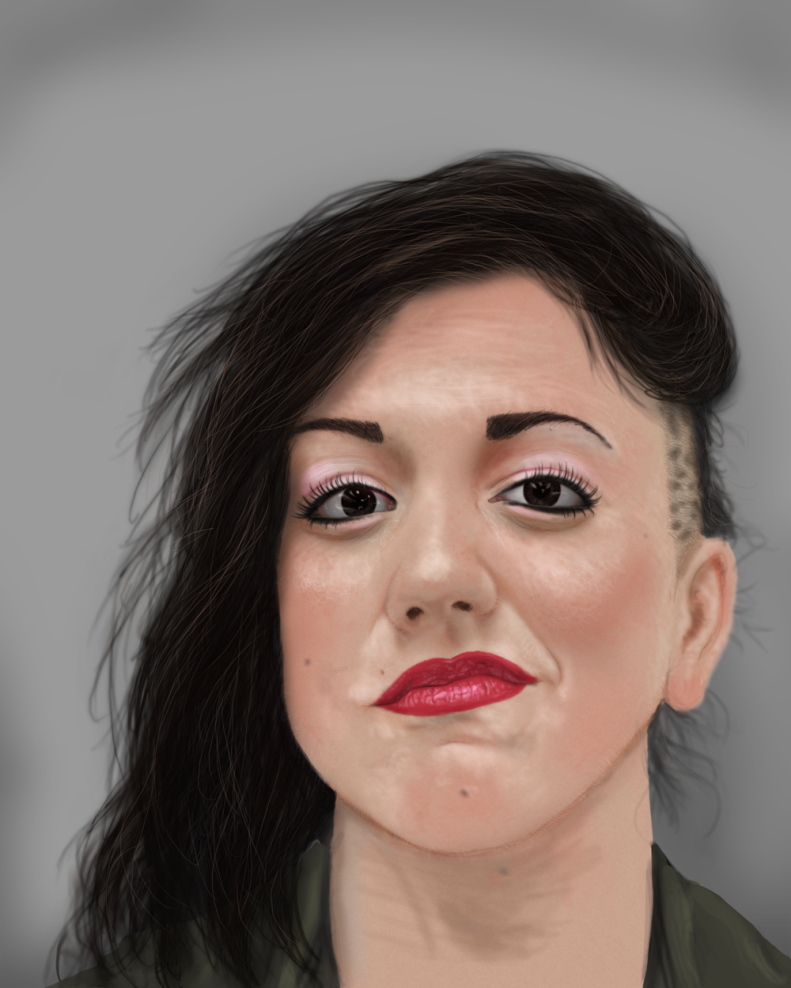
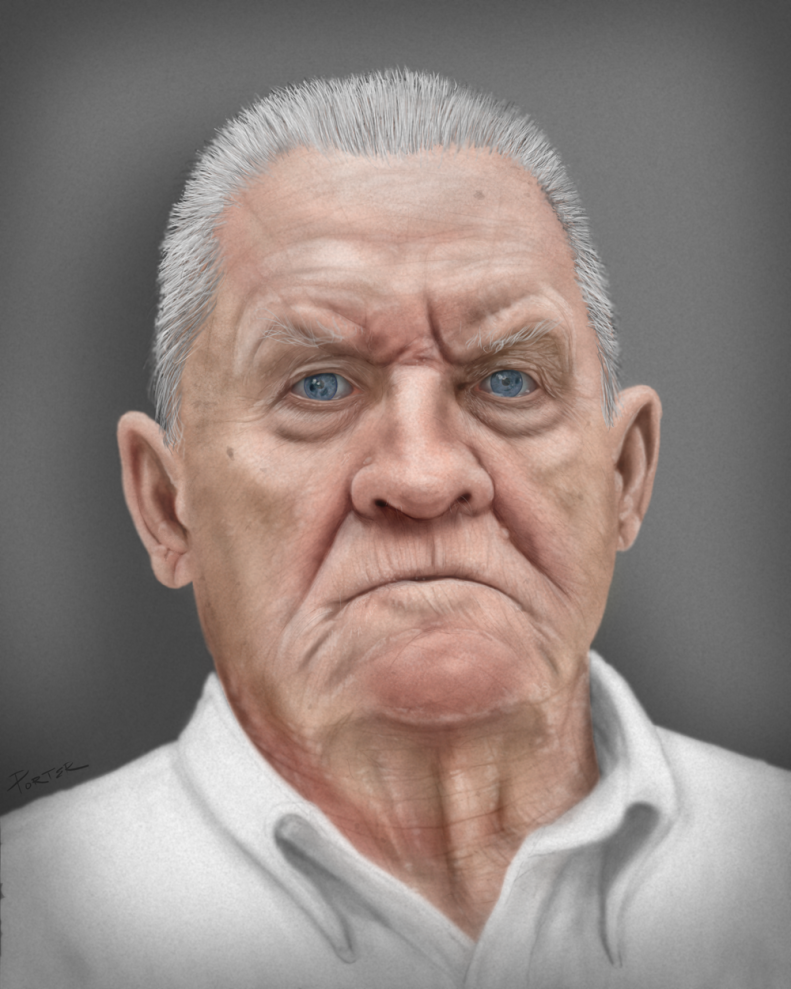
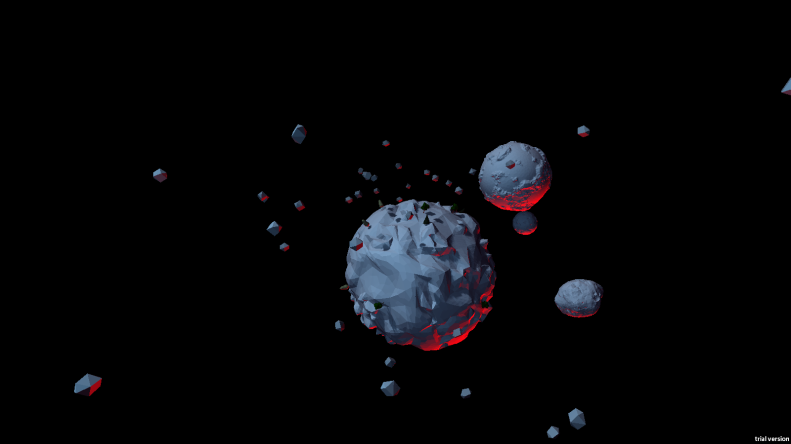
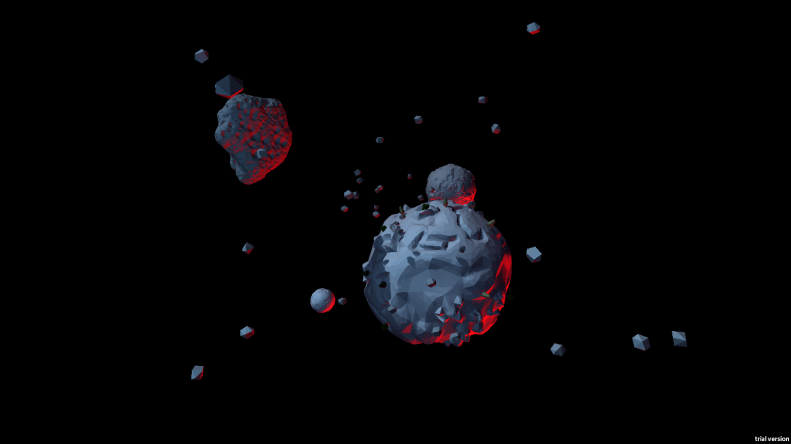
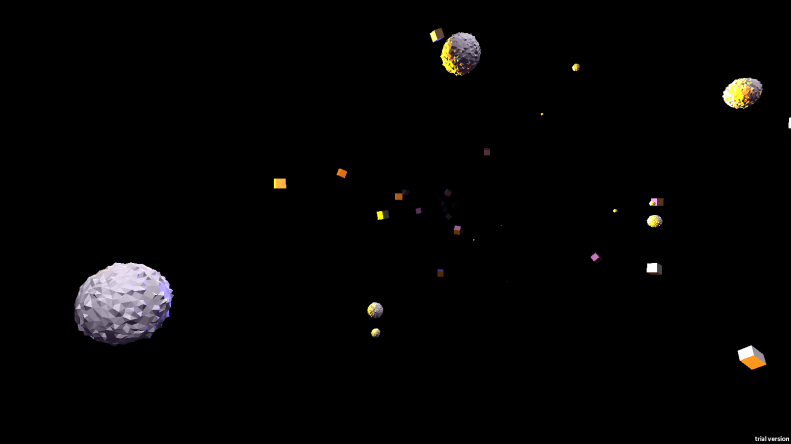
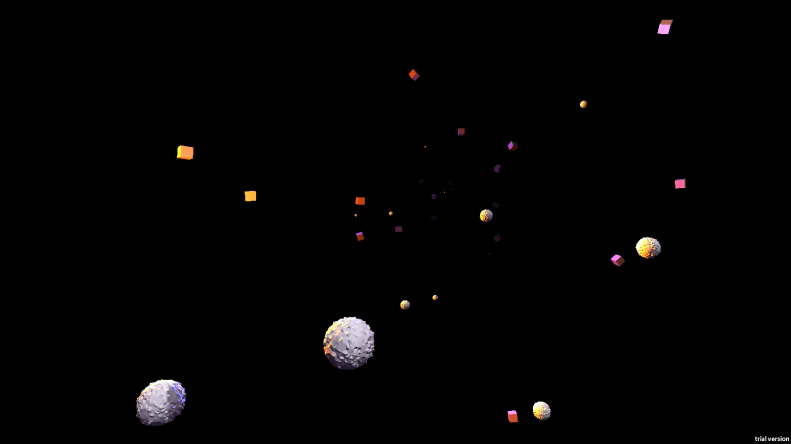
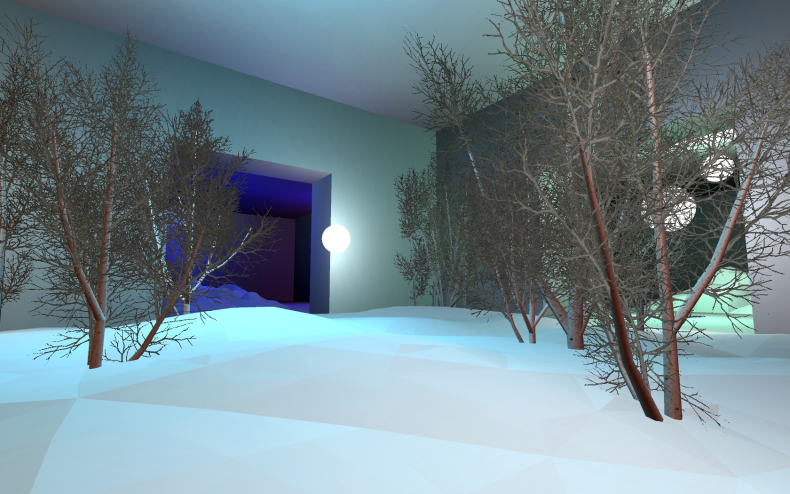
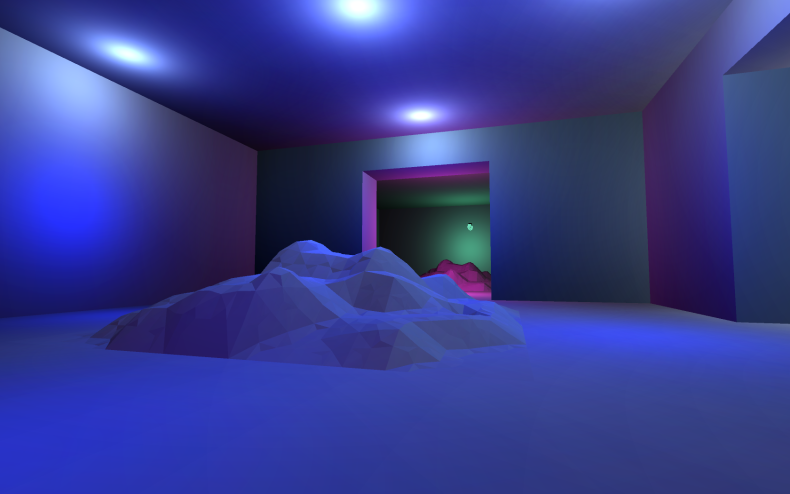
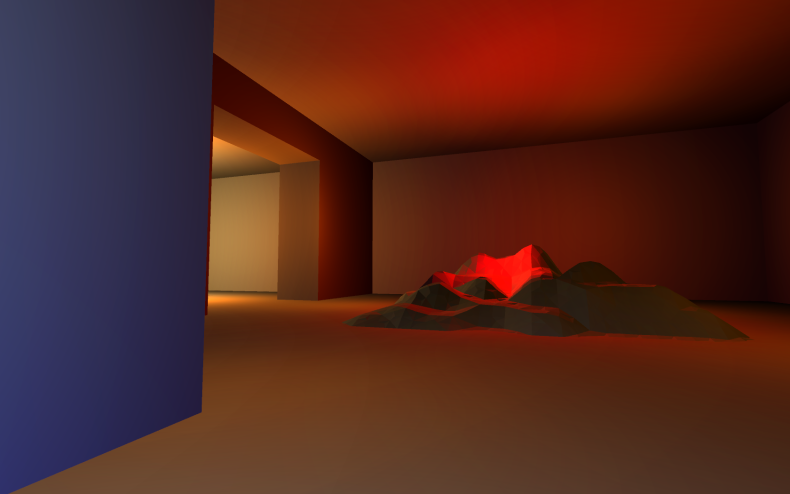
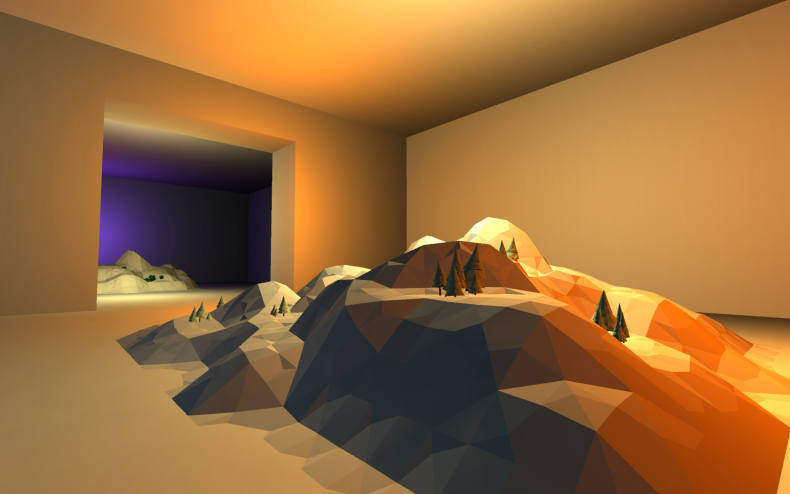
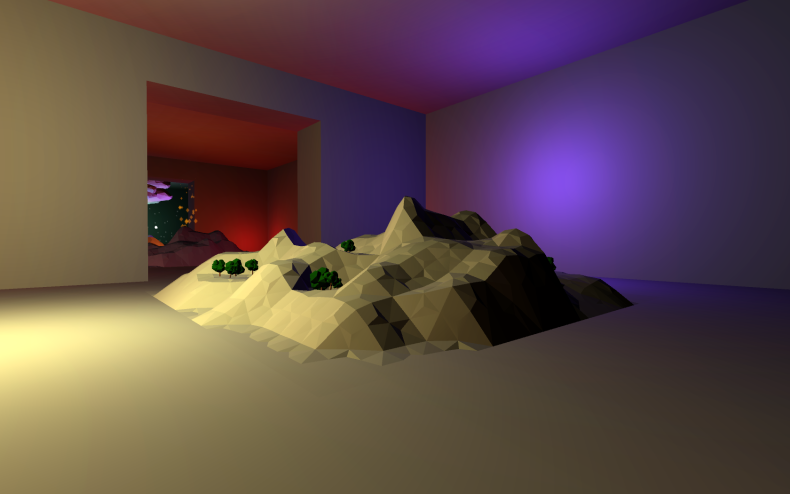
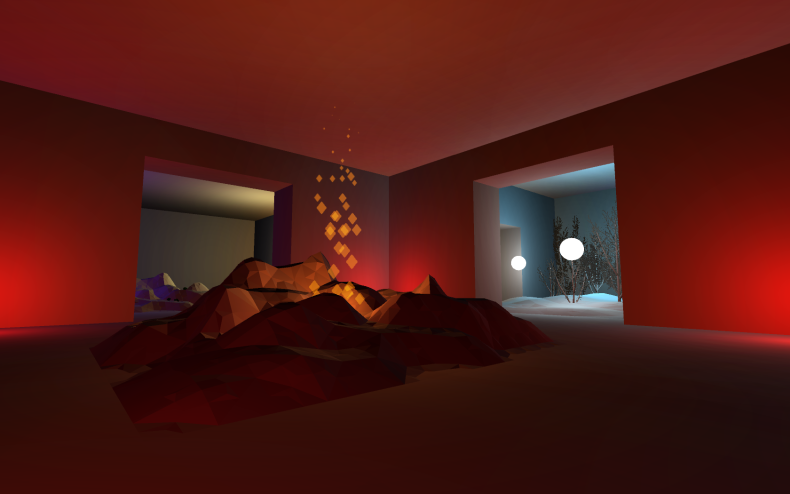
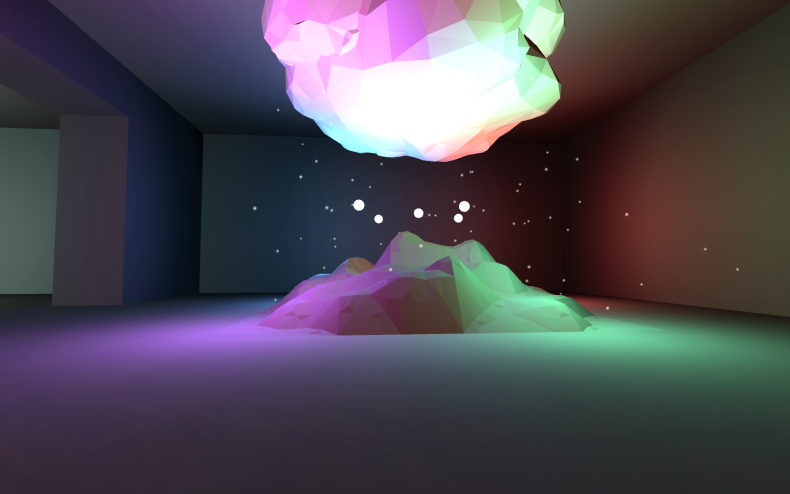
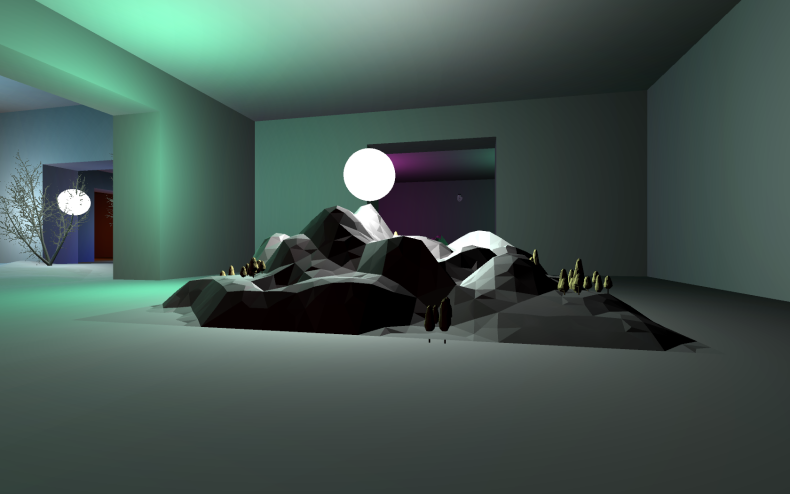
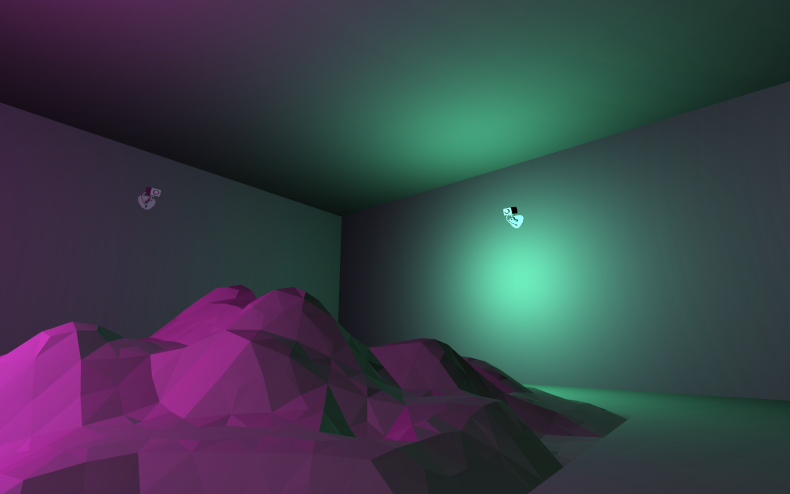
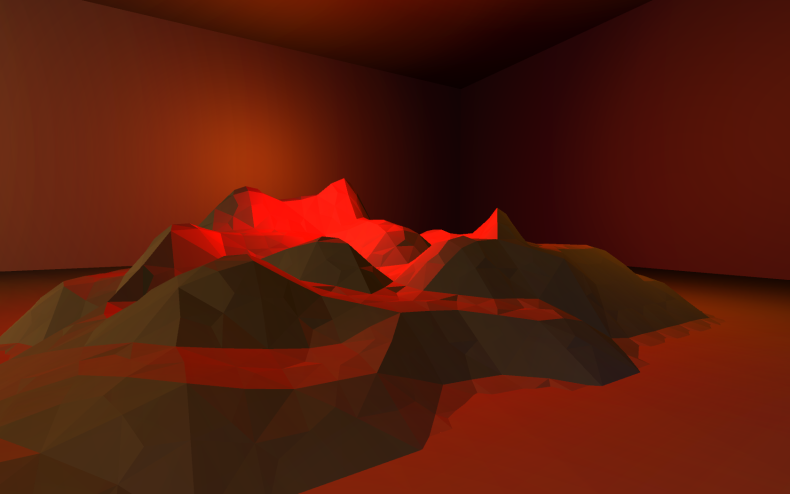
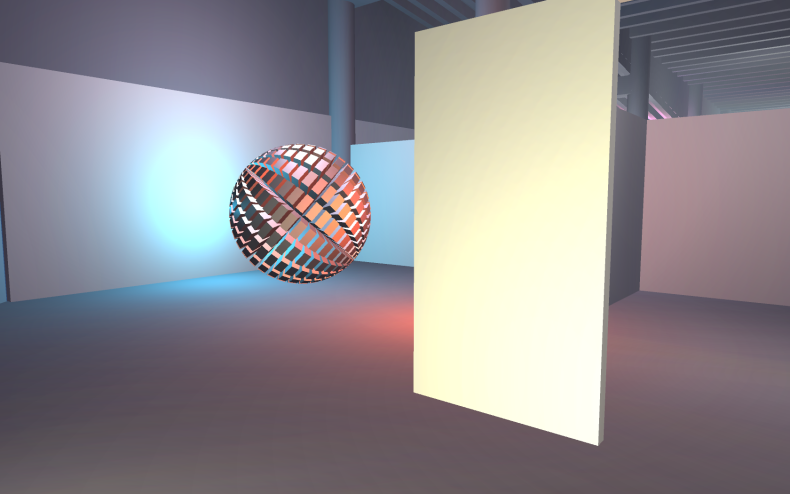
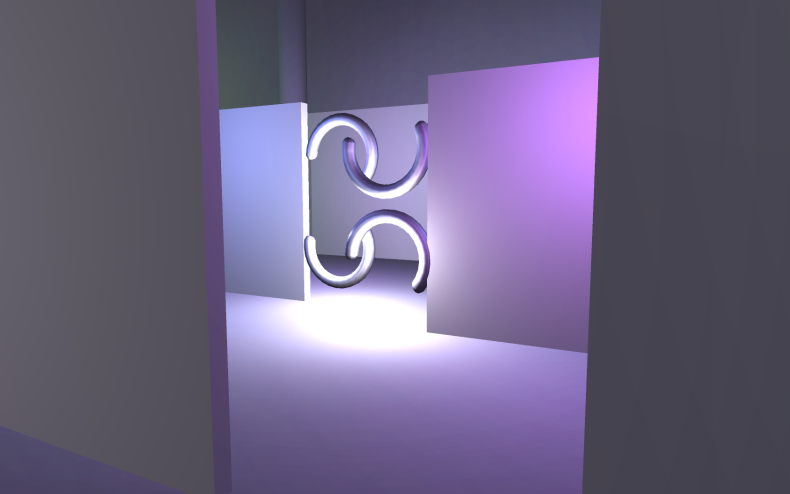
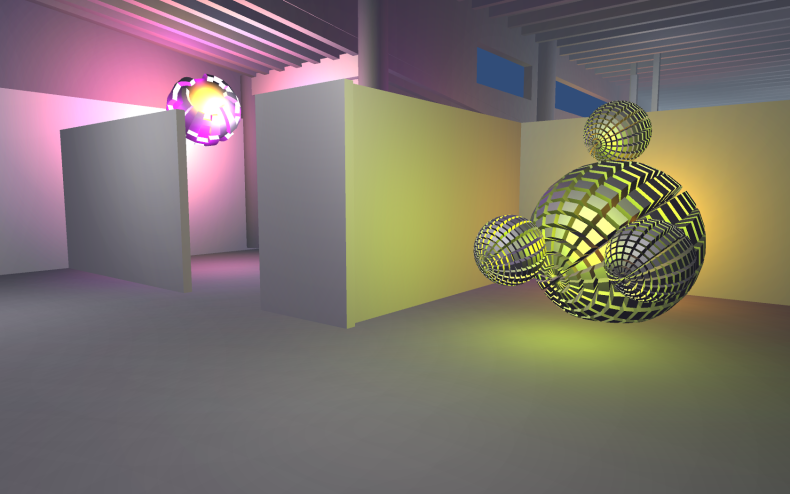
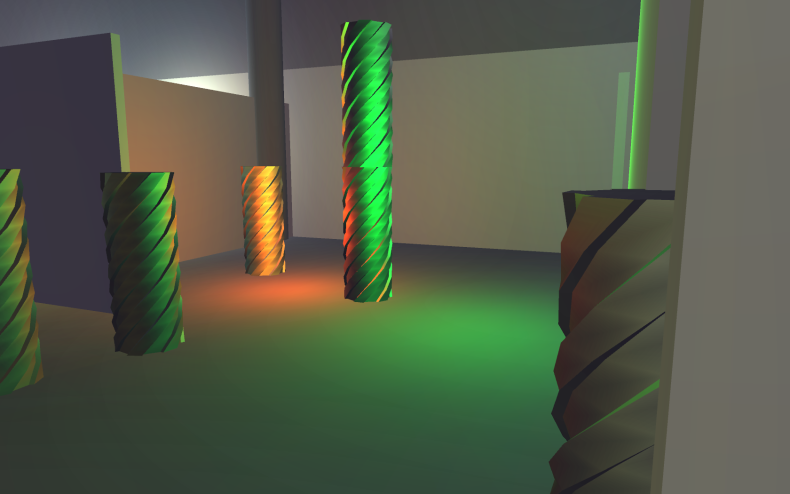
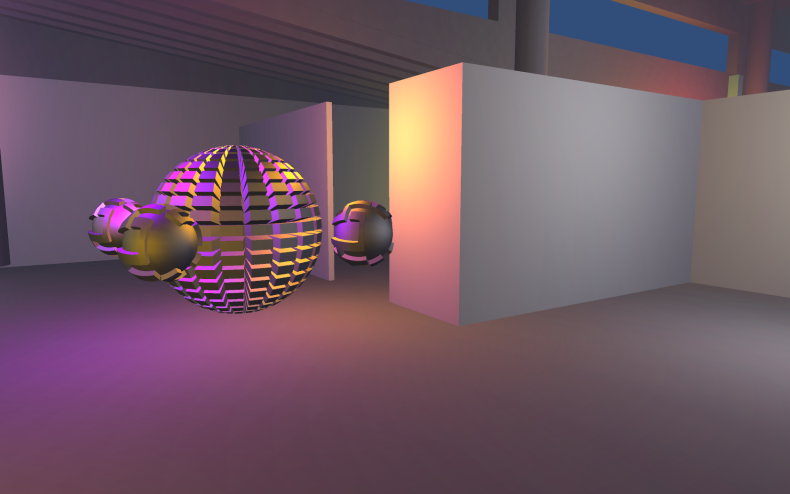
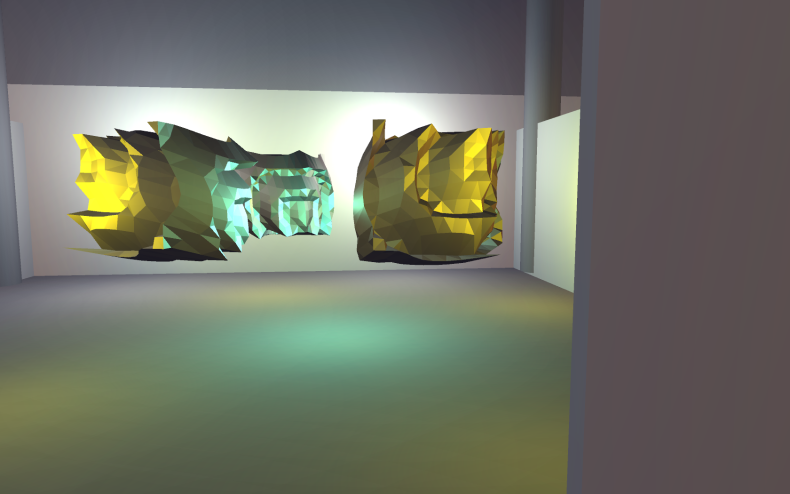
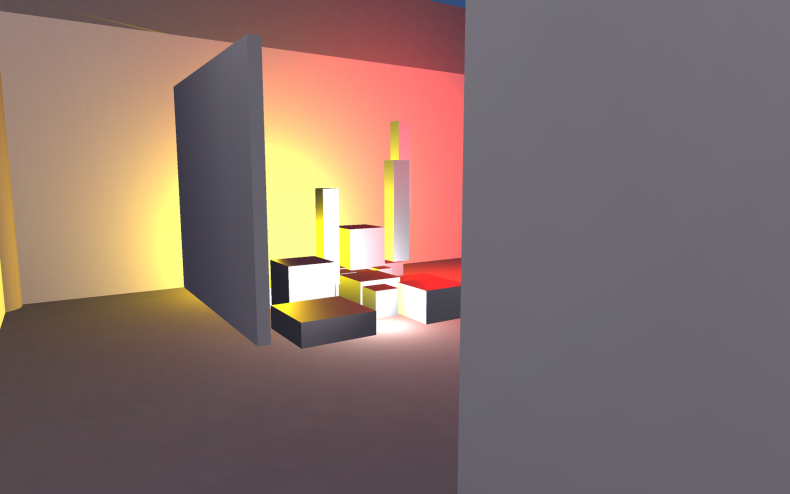
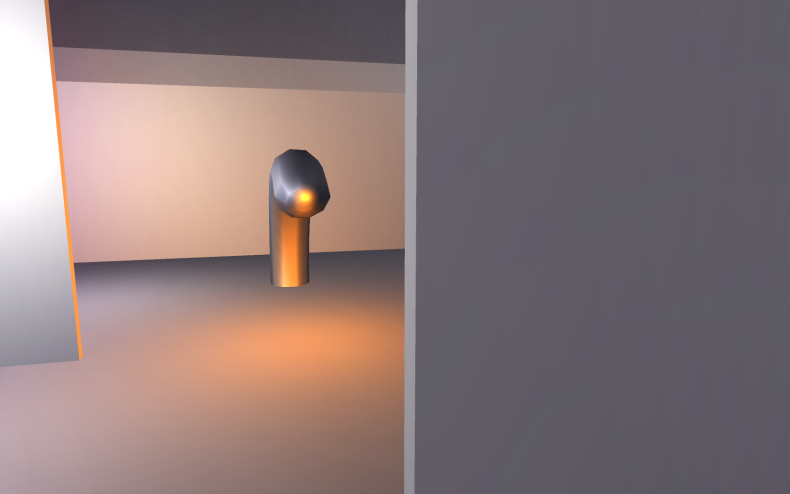
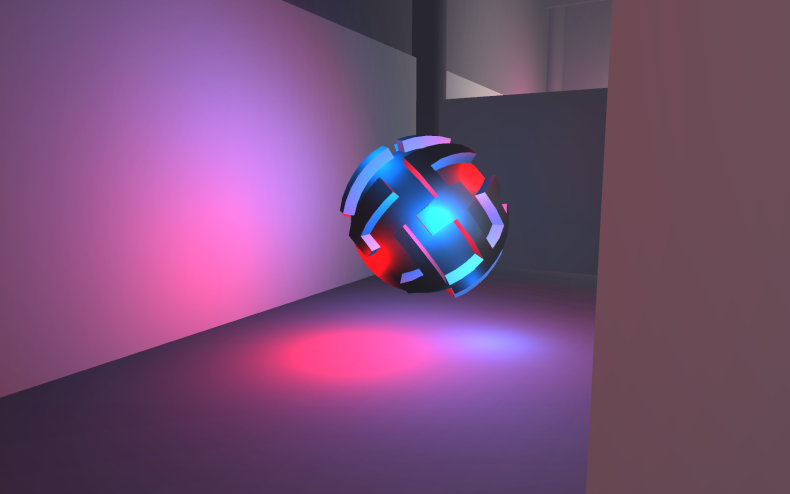
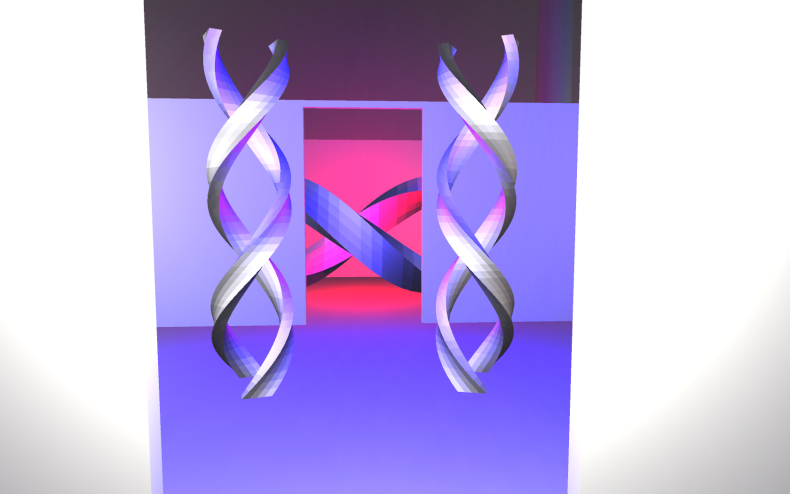
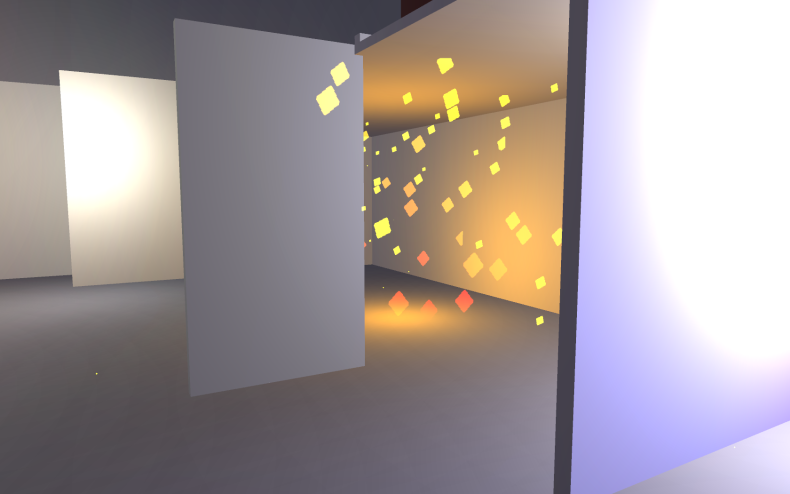
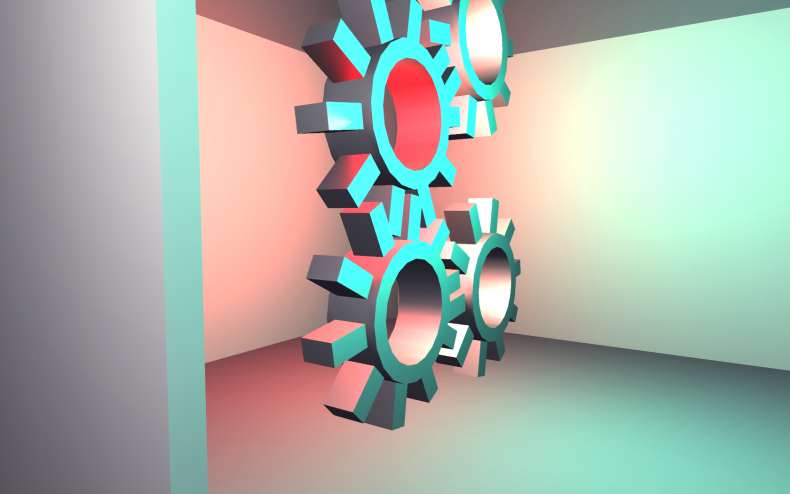
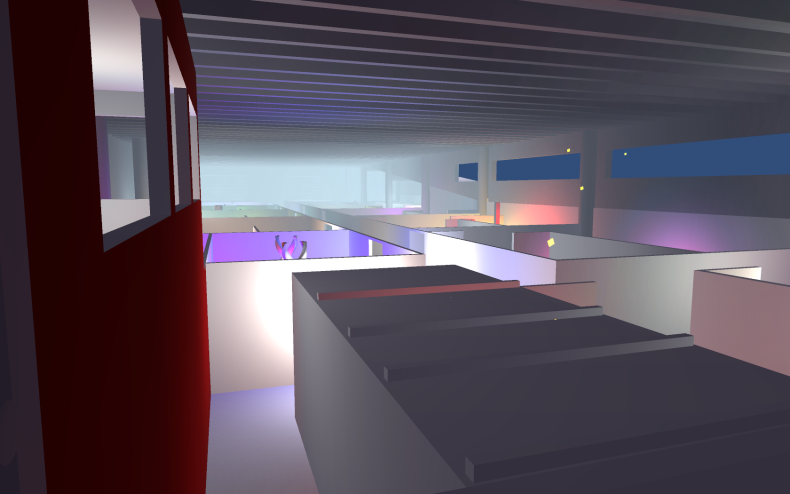
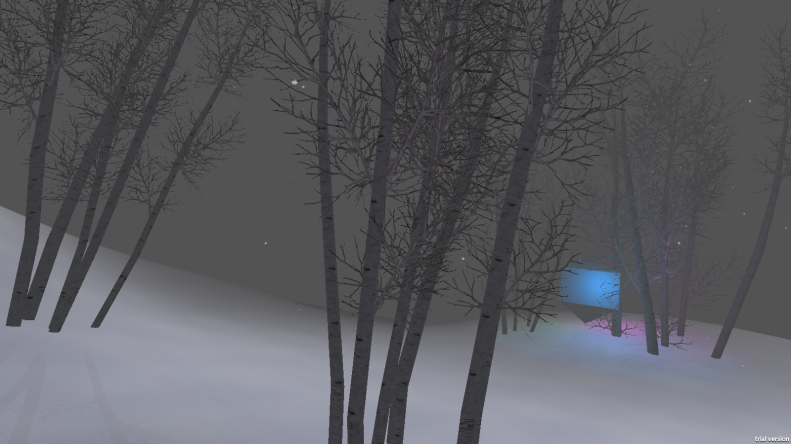
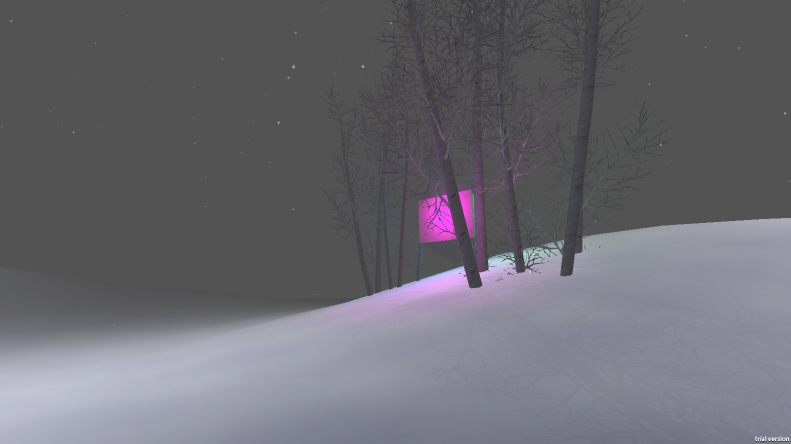
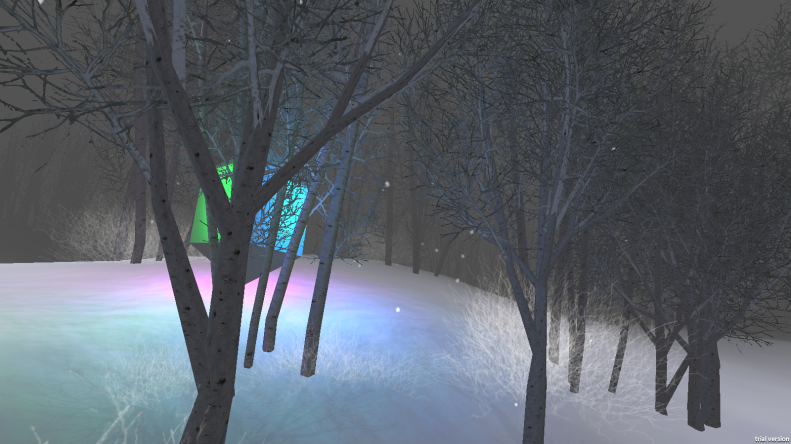
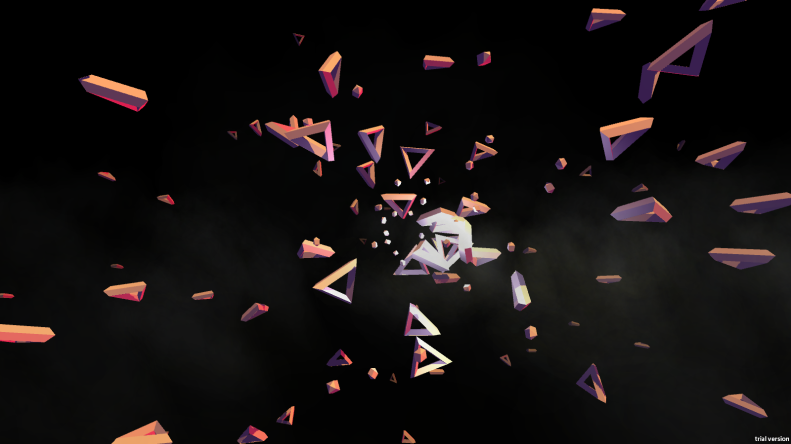
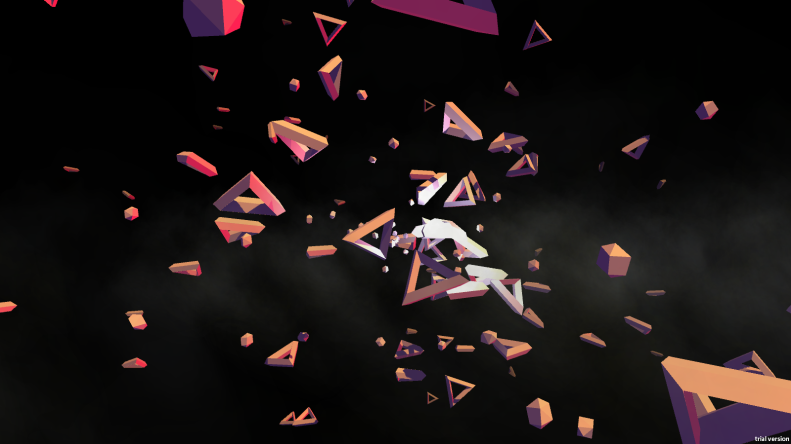
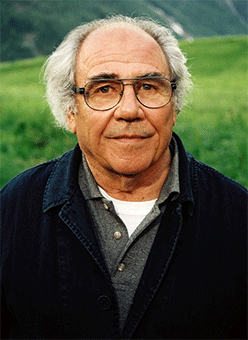
![Norman, P. 1983 The Forbidden Forest [computer game] Cosmii corporation](https://portermfa.files.wordpress.com/2013/10/ff.png?w=791)
![Porter, M. 2013, Still from Remembrance [digital media] Artists’ collection.](https://portermfa.files.wordpress.com/2013/04/the_showers.png?w=791&h=440)
![Multiple Authors, 2004 Half Life 2 [computer game] Valve Corporation](https://portermfa.files.wordpress.com/2013/10/hl2.png?w=791)

![Kojima, H. 2013 Metal Gear Solid's Quite, [computer game] Konami Corp.](https://portermfa.files.wordpress.com/2013/11/sniper.png?w=791)
![Koons, J. 1994 Baloon Dog [high chromium stainless steel with transparent colour coating] the collection of Steven A. Cohen, Eli Broad](https://portermfa.files.wordpress.com/2013/10/koons.png?w=791)
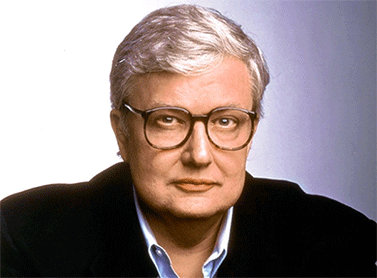
![Viola, B. 2007 Night Journey [digital media, video] USC Interactive Media Division](https://portermfa.files.wordpress.com/2013/10/viola3.png?w=791)
![Duchamp, M. 1917, Fountian, [readymade] Tate Modern, London, Retrieved from http://tagartteacher.blogspot.co.nz/2011/11/aesthetics-in-classroom-what-is-purpose.html](https://portermfa.files.wordpress.com/2013/02/duchamp_fountain_1917.jpg?w=791)
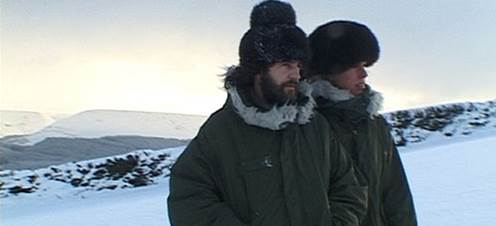
![Gibson, R. & Martelli, B. 2011 Vermillion Lake [Mixed Media] Djanogly Gallery, UK](https://portermfa.files.wordpress.com/2013/10/v_lake2.png?w=791&h=521)
![Gibson, R. & Martelli, B. 2011 Vermillion Lake [Mixed Media] Djanogly Gallery, UK](https://portermfa.files.wordpress.com/2013/11/vl_house.png?w=791&h=453)
![Porter, M. 2013, Still from Untitled [digital media, variable size] Artists’ collection.](https://portermfa.files.wordpress.com/2013/10/garage_a.png?w=791&h=444)
![Porter, M. 2013, Still from Untitled [digital media, variable size] Artists’ collection.](https://portermfa.files.wordpress.com/2013/04/top_of_stairs.png?w=791&h=440)
![Porter, M. 2013, Still from Rememberance [digital media, variable size] Artists’ collection.](https://portermfa.files.wordpress.com/2013/04/hall_3.png?w=791&h=445)
![Porter, M. 2013, Still from Untitled [digital media, variable size] Artists’ collection.](https://portermfa.files.wordpress.com/2013/11/hallway_cry.png?w=791&h=397)
![Porter, M. 2013, Still from Untitled [digital media, variable size] Artists’ collection](https://portermfa.files.wordpress.com/2013/11/library.png?w=791&h=397)

